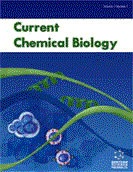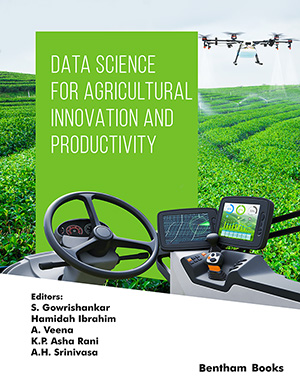Abstract
Background: Cervical cancer is a highly significant cause of mortality in developing countries, and it is one of the most prominent forms of cancer worldwide. Machine learning techniques have been proven more accurate for the identification of cervical cancer as compared to the manual screening methods like Pap smear and Liquid Cytology Based (LCB) tests.
Objective: Primarily, these machine-learning techniques use the images of the cervix for cervical cancer risk analysis; in this article, demographic data and medical records of patients are used to identify major causes of cervical cancer. Furthermore, normal classification methods are used as a usual way of classification when the dataset is balanced as this dataset has abundant examples of negative cases as compared to positive cases On the other hand, traditional binary class classifiers are not sufficient to classify the examples of cervical cancer correctly.
Methods: We identified the major causes of cervical cancer by employing multiple machine learning feature selection algorithms. After this selection, we trained different machine learning methods including Decision Trees (DTs), Support Vector Machines (SVMs) and Ensemble Learners using all features as well as these important features.
Results and Conclusion: AdaBoost is able to classify instances into healthy and unhealthy classes of this unbalanced dataset with 96% accuracy. Based on this model and significant causes of cervical cancer, we aimed to develop a technique for self-risk assessment of cervical cancer, which women can use to know their chances of being infected from cervical cancer after answering some questions about their demographics and medical history.
Keywords: Cervical cancer, causes of cervical cancer, feature selection in machine learning, ensemble learning, cancer prediction using machine learning, AdaBoost.
[http://dx.doi.org/10.1007/s10846-014-0101-2]
[http://dx.doi.org/10.1109/ICMLA.2012.212]
[http://dx.doi.org/10.1007/978-3-319-58838-4_27]
[http://dx.doi.org/10.1109/TKDE.2011.181]
[http://dx.doi.org/10.1002/wics.101]
[http://dx.doi.org/10.1093/bioinformatics/btq345 PMID: 20591905]
[http://dx.doi.org/10.1007/978-1-60327-241-4_13]
[http://dx.doi.org/10.1007/s00521-012-1220-y]
[http://dx.doi.org/10.1007/s11517-013-1108-8 PMID: 24136688]
[http://dx.doi.org/10.1016/j.procs.2016.06.105]
[http://dx.doi.org/10.1155/2015/586928]
[http://dx.doi.org/10.18201/ijisae.2017533896]
[http://dx.doi.org/10.1016/j.artmed.2017.06.003 PMID: 28764872]
[http://dx.doi.org/10.1109/ACCESS.2017.2763984]
[http://dx.doi.org/10.7717/peerj-cs.154]
[http://dx.doi.org/10.1007/978-3-319-95162-1_30]
[http://dx.doi.org/10.14569/IJACSA.2019.0100251]
[http://dx.doi.org/10.2174/2213275911666181120092223]
[http://dx.doi.org/10.1109/ICASERT.2019.8934464]
[http://dx.doi.org/10.1016/j.ins.2019.05.089]
[http://dx.doi.org/10.11591/APTIKOM.J.CSIT.131]
[http://dx.doi.org/10.1145/3340074.3340078]
[http://dx.doi.org/10.1016/j.future.2019.12.033]






























